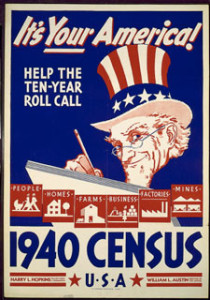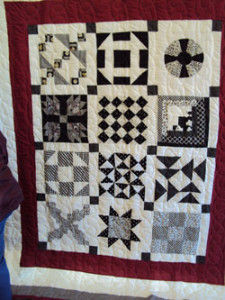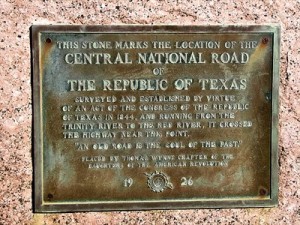At 12:01 A.M. Monday, April 2, 2012, the National Archives and Records Administration (NARA) will release the long-awaited 1940 Census data. After a seventy-two year wait for privacy reasons, the public will learn about ancestors who survived the Great Depression and were on the cusp of World War II. The data could actually include many readers of this article.
One of the most exciting pieces of information is that NARA will allow public access online to all digitized copies of the 1940 census FREE of charge at www.1940census.archives.gov. No waiting for Ancestry.Com to put it on their website, no waiting for the local library to get copies, just view it from the comfort of your own home. The only caveat is that there will be no index.
However, NARA has prepared for such difficulties. At their website www.archives.gov/research/census/1940/start-research.html they have step-by-step instructions to find your ancestors in 1940. You will need to know where they lived on April 1, 1940, as specifically as possible. If your families, like mine, lived in rural areas or small towns, it won’t be difficult. Otherwise, you are encouraged to begin now to examine City Directories, World War II Draft Records, Naturalizations Petitions or Declarations of Intent filed close to 1940 for clues, and the Enumeration District (E.D.) listed on the 1930 census if they didn’t relocate. A link is provided to a conversion table for 1930 to 1940 E.D. numbers. Volunteer indexers will begin that very morning.
Once you find your families, you will be thrilled with the amount of information. The form itself measured 23 ¾ inches by 12 ½ inches. Not only were the standard questions asked, the person giving the information was noted with a circled X after the informant’s name. Other questions included whether the person worked for the CCC, WPA, or NYA, New Deal programs, during the week of March 24-30 as well as the individual’s income for the year ending 31 December 1939. Persons were asked to state their occupation, whether a veteran, and all married women were asked how many times they were married and their age at the time of the first marriage. Questions were raised about unemployment and the length of time unemployed, those seeking work, and those self-employed. Did the person have a Federal Social Security Number; were deductions for Federal Old-Age Insurance or Railroad Retirement made from wages or salary in 1939?
One question really intrigues me. Both of my parents were enrolled at North Texas State Teachers’ College that spring. The enumeration directives mentioned persons temporarily absent from the household were to be included in the household denoted with “Ab” after the name. So will they be listed in the home of their parents or will they be listed somewhere in Denton? My father lived in a boarding house and I have the address. But I have no idea about my mother.
Interestingly enough, one of the questions asked where each individual resided on 1 April 1935. One must remember that the census was a means for the government to gather information. Another point to remember is that so many individuals and families were uprooted during the Great Depression of the 1930s. This question can provide numerous leads to family information during that difficult time.
I plan to attend a session at the Southwest Regional Archives (NARA) in Fort Worth next Saturday, March 17 for members of the Lone Star Chapter of the Association of Professional Genealogists, of which I am a member. If I learn more about the 1940 census, you can believe I will publish it.












